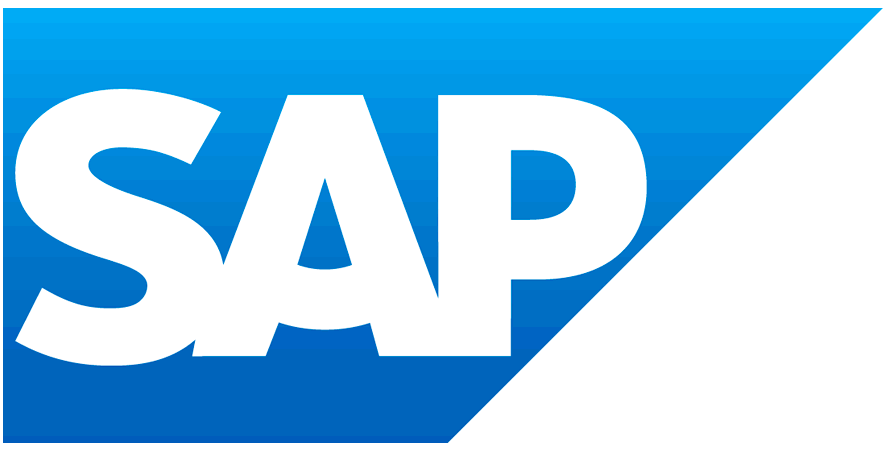New Research Forecasts the State of U.S. Supply Chains in 2023
DALLAS, October 27, 2022 /3BL Media/ - SAP SE (NYSE: SAP) today announced a new survey that found senior business decision-makers expect that the unprecedented supply chain issues and disruptions that U.S. companies have been grappling with for years are not over yet.
More than half (52%) of those surveyed think their supply chain still needs much improvement and nearly half (49%) expect current supply chain issues to last through the end of 2022. One in three says the issues will last until the end of summer 2023. Here’s why:
Global Political Unrest Is the Main Factor Causing Current Supply Chain Issues
Business leaders say their current supply chain issues primarily stem from global political unrest (58%), lack of raw materials (44%) and rising fuel and energy costs (40%). Only 31% cited inflation as a major contributor.
Looking ahead, the top three supply chain disruptions business leaders expect in 2023 are:
- Reduced availability of raw materials in the United States (50%)
- A slowdown in construction of new homes (44%)
- Disruption to public transport due to lack of drivers (44%)
Cost Remains an Issue as Companies Catch Up on Lost Revenue from the Pandemic
Companies weren’t prepared for the drastic changes in consumer buying behaviors during the pandemic and felt the financial strain as a result. Around half of business leaders saw some financial impact from supply chain issues since the start of the pandemic, including:
- A decrease in revenue (58%)
- Necessity to take new financing measures, such as business loans (54%)
- Inability to pay employees (50%)
- Missed rental payments (42%)
In order to cover the extra costs of supply chain issues, more business leaders say they’ve had to turn to wage or recruitment freezes (61%) and staff job cuts (50%). Only 41% have chosen to increase the price of their products or services.
How Supply Chain Issues Will Impact the 2022 Holiday Season
The 2021 holiday shopping season was anything but normal as supply chains were stretched beyond their limits. Although many companies have started to prepare, there are still questions about how this year will pan out.
Let’s start with consumers. A separate study by SAP of 1,000 U.S.-based consumers found that nearly half (45%) say price is the top factor they weigh in purchasing decisions, and a whopping 73% say it’s a top three factor. With inflation hiking costs and a potential recession worrying consumers, it’s not surprising that 65% plan to decrease their holiday spending budget, and 54% expect inflation to impact how they shop for holiday gifts, with 39% shopping online more.
Business leaders anticipate the online shopping trend, with 73% expecting an increase in e-commerce volume this season compared to last year. To sell their own products, business leaders plan to deliver on these differentiating points:
- Speed of delivery (64%)
- Excellence of customer service (57%)
- Availability of products (52%)
- Sustainability credentials (47%)
- Price reductions (42%)
- Made in the U.S. (38%)
Companies Are Fortifying Supply Chains for the Future
Every organization said their supply chain needs improving to some extent, and they’re making big changes to prepare for future disruptions and to fortify their supply chains. Business leaders plan to:
- Adopt new technology to overcome challenges (74%)
- Implement new contingency measures (67%)
- Prioritize U.S.-based supply chain solutions (60%)
- Find new environmentally friendly supply chain solutions (58%)
Nearly two in three companies (64%) are moving from a “just in time” supply chain to a “just in case” supply chain by increasing the amount of inventory they store. In fact, 63% think the United States should adopt this approach to overcome potential supply chain crises this year.
“The move to ‘just in case’ means organizations will be storing more inventory to help meet customer demand, but doing so also means increased cost,” said Scott Russell, Member of the Executive Board of SAP SE, Customer Success. “Managing the supply chain is a constant balancing act. Over the last couple of decades, the ‘just in time’ approach traded resiliency for efficiency and lower costs, which in turn made the supply chain fragile. The pandemic and the snowball effect of related disruptions exposed this fragility, which has organizations refocused on resiliency. Still, cost remains a factor, especially in the current economic environment. Technology can help organizations strike the right balance by enabling more real-time collaboration between trading partners.”
SAP helps businesses meet demand with greater visibility across globally distributed operations, better collaboration with trading partners and insights into risks, all while operating more sustainably.
This is where business networks come into play. For more information on how SAP can help build better supply chain resiliency with SAP Business Network, visit sap.com/businessnetwork.
Findings are based on a survey conducted in late August and early September 2022 of 400 U.S.-based senior decision-makers in logistics and supply chain strategy across small, medium and large businesses.
Visit the SAP News Center. Follow SAP on Twitter at @SAPNews.
Media Contact:
Kelly Sheldon Murray, +1 (978) 708-6821, kelly.murray@sap.com, ET
SAP Press Room; press@sap.com
This document contains forward-looking statements, which are predictions, projections, or other statements about future events. These statements are based on current expectations, forecasts, and assumptions that are subject to risks and uncertainties that could cause actual results and outcomes to materially differ. Additional information regarding these risks and uncertainties may be found in our filings with the Securities and Exchange Commission, including but not limited to the risk factors section of SAP’s 2021 Annual Report on Form 20-F.
© 2022 SAP SE. All rights reserved.
SAP and other SAP products and services mentioned herein as well as their respective logos are trademarks or registered trademarks of SAP SE in Germany and other countries. Please see https://www.sap.com/copyright for additional trademark information and notices.



